Bharat Ka Samvidhan Golden Border | Bharat Ka Samvidhan Golden Pages
Bharat Ka Samvidhan Golden Border | Bharat Ka Samvidhan Golden Pages
- Book Title: Bharat Ka Samvidhan
- Binding: Hardcover
- Language: Hindi
- Price: ₹500/-
- Publisher: Samyak Prakashan
₹500.00 Original price was: ₹500.00.₹489.00Current price is: ₹489.00. /-
Order Bharat Ka Samvidhan Golden Border | Bharat Ka Samvidhan Golden Pages On WhatsApp
Description
Bharat Ka Samvidhan Golden Border | Bharat Ka Samvidhan Golden Pages
Bharat Ka Samvidhan Constitution of India Golden Border
This book, “Bharat Ka Samvidhan” (The Constitution of India), offers a comprehensive exploration of the Indian Constitution in 12 parts. It is a meticulously researched work designed to educate readers about the foundation of Indian democracy, its guiding principles, and its role in shaping the nation. Published by Samyak Prakashan, the book is ideal for students, educators, legal professionals, and anyone interested in understanding the Indian Constitution in depth. Written in Hindi, it caters to a broad audience while maintaining accessibility and cultural relevance. The hardcover binding ensures durability and a premium reading experience.
Part 1: Historical Background of the Indian Constitution
The first part of the book delves into the historical journey of the Indian Constitution. It provides readers with a detailed understanding of the socio-political circumstances that led to its creation. Key elements discussed in this part include:
-
Pre-Independence Context
- Overview of governance during the British colonial period, focusing on the acts and charters that laid the foundation for modern constitutional development.
- Explanation of significant legislative milestones, such as the Government of India Acts (1909, 1919, 1935), and their impact on Indian society.
-
Freedom Struggle and Constitutional Aspirations
- How the freedom struggle shaped the vision for a democratic and independent India.
- Role of leaders like Dr. B.R. Ambedkar, Jawaharlal Nehru, Mahatma Gandhi, and others in conceptualizing the idea of self-governance.
-
Formation of the Constituent Assembly
- Detailed discussion about the establishment of the Constituent Assembly in 1946.
- Insights into its diverse representation, including members from various social, political, and economic backgrounds.
-
Influence of Other Nations
- Examination of how constitutions of other countries (e.g., USA, UK, Ireland) influenced the drafting of India’s Constitution.
- Explanation of the significance of borrowing principles like federalism, separation of powers, and fundamental rights.
-
Drafting Process
- The meticulous process of drafting the Constitution, including debates and revisions.
- Key committees formed under the leadership of Dr. B.R. Ambedkar and their contributions to various constitutional provisions.
-
Adoption of the Constitution
- The culmination of the drafting process on 26th November 1949, when the Constitution was formally adopted.
- Insight into the significance of 26th January 1950, the date on which the Constitution came into effect, marking India’s transformation into a sovereign democratic republic.
-
Part 2: The Preamble and Its Philosophy
The second part of the book focuses on The Preamble of the Indian Constitution, often referred to as the soul of the Constitution. It outlines the vision, objectives, and guiding principles of the Constitution. This part elaborates on the philosophical underpinnings and significance of each term in the Preamble. Key elements discussed in this part include:
1. Introduction to the Preamble
- The Preamble is described as the introductory statement of the Constitution that encapsulates its essence.
- Explanation of its role as a guiding light for interpreting constitutional provisions.
2. Text of the Preamble
- A detailed breakdown of the exact text of the Preamble:
“We, the People of India, having solemnly resolved to constitute India into a Sovereign, Socialist, Secular, Democratic, Republic and to secure to all its citizens: Justice, Liberty, Equality, and Fraternity…” - Readers are encouraged to understand the significance of every word used in the Preamble.
3. Philosophy and Key Terms Explained
-
Sovereign:
- The concept of India as a sovereign nation, free from external control or interference.
- How sovereignty enables India to make its own decisions in domestic and international matters.
-
Socialist:
- The inclusion of socialism in the Preamble post the 42nd Amendment in 1976.
- Explanation of economic and social equality as key goals of the Constitution.
- Focus on reducing the gap between rich and poor.
-
Secular:
- Explanation of secularism as a cornerstone of Indian democracy.
- The equal respect and treatment of all religions by the state.
-
Democratic:
- The essence of democracy as envisioned in the Constitution, where power resides with the people.
- Explanation of direct democracy (through elections) and indirect democracy (representation through elected leaders).
-
Republic:
- The importance of India being a republic, where the head of state is an elected representative rather than a hereditary monarch.
4. Objectives of the Preamble
-
Justice:
- The three-fold concept of social, economic, and political justice outlined in the Constitution.
- Examples of how justice is upheld through rights, laws, and governance.
-
Liberty:
- Assurance of liberty of thought, expression, belief, faith, and worship.
- Explanation of how liberty is vital for individual development and national progress.
-
Equality:
- The importance of equality before the law and equal protection of the law.
- Measures taken by the Constitution to eliminate discrimination based on caste, religion, gender, or economic status.
-
Fraternity:
- The role of fraternity in promoting a sense of brotherhood and unity among India’s diverse population.
- How fraternity ensures dignity of the individual and unity of the nation.
5. Amendments to the Preamble
- Discussion of the 42nd Amendment Act (1976), which added the terms “Socialist” and “Secular” to the Preamble.
- Debate around whether the Preamble can be amended and its implications on constitutional philosophy.
6. Role of the Preamble in Interpretation
- Explanation of how the Preamble serves as a key to understanding the Constitution’s objectives.
- Landmark judgments where the Preamble was used to interpret constitutional provisions (e.g., Kesavananda Bharati case, 1973).
-
Part 3: Fundamental Rights
The third part of the book dives into one of the most significant features of the Indian Constitution—Fundamental Rights, enshrined in Part III of the Constitution (Articles 12–35). These rights are guaranteed to every citizen and form the backbone of democracy in India. This section provides a detailed explanation of each right, their scope, significance, and related provisions.
1. Introduction to Fundamental Rights
- Fundamental Rights are described as the essential rights provided to individuals for their protection and development.
- They are enforceable by the courts, ensuring that every citizen can approach the judiciary if these rights are violated.
- Explanation of the balance between individual rights and societal interests.
2. Classification of Fundamental Rights
The Fundamental Rights are categorized into six broad groups:
- Right to Equality (Articles 14–18)
- Right to Freedom (Articles 19–22)
- Right Against Exploitation (Articles 23–24)
- Right to Freedom of Religion (Articles 25–28)
- Cultural and Educational Rights (Articles 29–30)
- Right to Constitutional Remedies (Article 32)
3. Detailed Explanation of Each Right
i) Right to Equality (Articles 14–18)
- Article 14: Equality before the law and equal protection of the law.
- Article 15: Prohibition of discrimination on the grounds of religion, race, caste, sex, or place of birth.
- Article 16: Equality of opportunity in matters of public employment.
- Article 17: Abolition of untouchability and prohibition of its practice in any form.
- Article 18: Abolition of titles except military and academic distinctions (e.g., Bharat Ratna).
ii) Right to Freedom (Articles 19–22)
- Article 19: Protection of six freedoms, including freedom of speech, assembly, association, movement, residence, and profession.
- Article 20: Protection in respect of conviction for offenses (protection against double jeopardy, self-incrimination, and retrospective punishment).
- Article 21: Right to life and personal liberty.
- Article 21A: Right to free and compulsory education for children aged 6–14 years.
- Article 22: Protection against arrest and detention in certain cases.
iii) Right Against Exploitation (Articles 23–24)
- Article 23: Prohibition of human trafficking and forced labor.
- Article 24: Prohibition of child labor in factories, mines, and hazardous occupations.
iv) Right to Freedom of Religion (Articles 25–28)
- Article 25: Freedom of conscience and the right to profess, practice, and propagate religion.
- Article 26: Freedom to manage religious affairs.
- Article 27: Freedom from taxation for promotion of any religion.
- Article 28: Freedom from attending religious instruction in certain educational institutions.
v) Cultural and Educational Rights (Articles 29–30)
- Article 29: Protection of the interests of minorities to preserve their language, script, and culture.
- Article 30: Right of minorities to establish and administer educational institutions.
vi) Right to Constitutional Remedies (Article 32)
- Article 32 is described as the “heart and soul of the Constitution” (as called by Dr. B.R. Ambedkar).
- It provides the right to approach the Supreme Court for enforcement of Fundamental Rights through writs like Habeas Corpus, Mandamus, Prohibition, Certiorari, and Quo-Warranto.
4. Importance of Fundamental Rights
- Fundamental Rights safeguard individual liberties and ensure equality and justice for all citizens.
- They act as a check on arbitrary actions by the state and promote inclusive governance.
5. Reasonable Restrictions on Fundamental Rights
- Explanation of why Fundamental Rights are not absolute.
- The Constitution allows the state to impose reasonable restrictions on certain rights (e.g., restrictions on freedom of speech under Article 19 for public order, morality, or sovereignty of the nation).
6. Judicial Interpretation and Landmark Cases
- The role of the judiciary in interpreting and expanding the scope of Fundamental Rights.
- Key cases discussed:
- Kesavananda Bharati case (1973): Established the Basic Structure Doctrine.
- Maneka Gandhi case (1978): Expanded the scope of Article 21 to include the right to dignity, privacy, and personal freedom.
- Vishaka case (1997): Guidelines on sexual harassment at the workplace under the right to equality.
-
Part 4: Directive Principles of State Policy (DPSP)
The fourth part of the book focuses on Directive Principles of State Policy, which are enshrined in Part IV of the Indian Constitution (Articles 36–51). These principles serve as guidelines for the government to ensure economic, social, and political justice and the establishment of a welfare state. Unlike Fundamental Rights, DPSPs are non-justiciable, meaning they cannot be enforced through courts.
1. Introduction to Directive Principles
- Derived from the Irish Constitution, DPSPs reflect the ideals and aspirations of the framers of the Constitution.
- They aim to ensure socio-economic justice and guide governance in India toward achieving the objectives stated in the Preamble.
- Although non-enforceable, they hold significant moral and political importance.
2. Categories of Directive Principles
Directive Principles are broadly classified into three categories:
i) Socialistic Principles:
- These principles aim to promote social and economic justice and reduce inequality.
- Key Articles:
- Article 38: The state shall strive to promote the welfare of the people by ensuring a social order based on justice—social, economic, and political.
- Article 39: The state shall direct its policy toward securing:
- Adequate means of livelihood for all citizens.
- Equal pay for equal work for both men and women.
- Protection of children and youth from exploitation and moral and material abandonment.
- Article 39A: Provide free legal aid to ensure justice for all.
- Article 41: Right to work, education, and public assistance in cases of unemployment, old age, or sickness.
- Article 42: Just and humane conditions of work and maternity relief.
- Article 43: Living wages and a decent standard of life for workers.
ii) Gandhian Principles:
- Inspired by Mahatma Gandhi’s vision, these principles emphasize rural development, self-reliance, and upliftment of weaker sections.
- Key Articles:
- Article 40: Organization of village panchayats as units of self-government.
- Article 43: Promotion of cottage industries in rural areas.
- Article 46: Promotion of educational and economic interests of Scheduled Castes (SC), Scheduled Tribes (ST), and other weaker sections.
- Article 47: Duty of the state to raise the level of nutrition and standard of living and improve public health.
- Article 48: Organization of agriculture and animal husbandry on modern and scientific lines.
iii) Liberal-Intellectual Principles:
- These principles emphasize establishing an equitable and progressive society through policy measures.
- Key Articles:
- Article 44: Uniform Civil Code (UCC) for all citizens throughout the territory of India.
- Article 45: Free and compulsory education for children up to 14 years (now incorporated under Fundamental Rights in Article 21A).
- Article 48A: Protection and improvement of the environment and safeguarding forests and wildlife.
- Article 50: Separation of the judiciary from the executive in public services.
3. Role of DPSPs in Governance
Directive Principles provide the framework for achieving the welfare state envisioned by the Constitution. Their influence on policy and governance is significant:
- They guide the legislature in drafting laws that aim to uplift the weaker sections of society and reduce socio-economic inequality.
- DPSPs complement Fundamental Rights, ensuring that individual rights align with the collective welfare of society.
- They promote sustainable development by encouraging environmental protection and scientific agricultural practices.
4. Non-Justiciable but Influential
Although DPSPs are non-justiciable, they are often considered the moral compass of the Constitution. They encourage governments to prioritize public welfare over other objectives.
5. Judicial Interpretation and Impact of DPSPs
Several landmark cases highlight the growing importance of DPSPs in governance:
- Kesavananda Bharati case (1973): The Supreme Court held that Fundamental Rights and DPSPs must be harmonized to achieve constitutional goals.
- Minerva Mills case (1980): Reiterated the need to strike a balance between Fundamental Rights and Directive Principles, emphasizing their complementary roles.
- Unnikrishnan case (1993): Article 45 (free and compulsory education) was given a legal backing, leading to the insertion of Article 21A under Fundamental Rights.
6. Criticism and Challenges
- Lack of enforceability: DPSPs are non-binding, and their implementation depends on the political will of the ruling government.
- Conflicts with Fundamental Rights: In certain cases, DPSPs may contradict Fundamental Rights, creating legal and practical challenges (e.g., land reforms vs. right to property).
7. Amendments and Implementation Efforts
Efforts to implement DPSPs have included several constitutional amendments and government schemes, such as:
- 42nd Amendment (1976): Added Articles 39A, 43A, and 48A, enhancing the scope of Directive Principles.
- Introduction of welfare schemes like MGNREGA (guaranteeing the right to work) and free legal aid programs.
-
Part 5: Fundamental Duties
The fifth part of the book delves into the Fundamental Duties enshrined in the Constitution of India under Part IVA (Article 51A). These duties serve as moral obligations for Indian citizens, complementing the Fundamental Rights and Directive Principles of State Policy. Fundamental Duties were added by the 42nd Constitutional Amendment Act, 1976, based on the recommendations of the Swaran Singh Committee.
1. Introduction to Fundamental Duties
- The concept of Fundamental Duties was inspired by the Constitution of the former Soviet Union.
- They aim to remind citizens of their responsibilities toward the nation and society, fostering a spirit of patriotism and unity.
- Initially, there were 10 Fundamental Duties, with an 11th duty added by the 86th Amendment Act, 2002.
2. List of Fundamental Duties (Article 51A)
As per the Constitution, it is the duty of every citizen of India:
- To abide by the Constitution and respect its ideals and institutions, the National Flag, and the National Anthem.
- To cherish and follow the noble ideals that inspired the national struggle for freedom.
- To uphold and protect the sovereignty, unity, and integrity of India.
- To defend the country and render national service when called upon to do so.
- To promote harmony and the spirit of common brotherhood among all people of India, transcending religious, linguistic, and regional or sectional diversities; to renounce practices derogatory to the dignity of women.
- To value and preserve the rich heritage of the country’s composite culture.
- To protect and improve the natural environment, including forests, lakes, rivers, and wildlife, and to have compassion for living creatures.
- To develop a scientific temper, humanism, and the spirit of inquiry and reform.
- To safeguard public property and abjure violence.
- To strive toward excellence in all spheres of individual and collective activity so that the nation constantly rises to higher levels of endeavor and achievement.
- To provide opportunities for education to children between the ages of 6 and 14 years (added by the 86th Amendment Act).
3. Importance of Fundamental Duties
- Moral and Civic Responsibility: Fundamental Duties instill a sense of responsibility in citizens, ensuring that they contribute positively to society.
- Complement to Fundamental Rights: They balance individual rights with collective responsibilities, emphasizing that rights come with duties.
- Promoting Unity: They foster national integration and unity, urging citizens to work together for the nation’s progress.
- Environmental Protection: Duties such as protecting the environment and wildlife emphasize sustainable development.
4. Judicial Interpretation and Significance
Though non-justiciable, Fundamental Duties have influenced various judicial interpretations:
- MC Mehta v. Union of India (1988): The Supreme Court highlighted the duty to protect the environment as a fundamental obligation of every citizen.
- AIIMS Students Union v. AIIMS (2001): The court reiterated the importance of the duty to strive for excellence in individual and collective spheres.
- Ranganath Misra Commission Report (2007): Recommended making certain Fundamental Duties justiciable to ensure better enforcement.
5. Challenges in Implementation
- Lack of Awareness: Many citizens remain unaware of their Fundamental Duties, limiting their practical impact.
- Non-Justiciable Nature: Since these duties cannot be enforced by law, their implementation depends on voluntary adherence.
- Absence in Education: Limited emphasis on Fundamental Duties in the education system hinders their understanding and practice among young citizens.
6. Efforts to Promote Fundamental Duties
The government and civil society have taken several steps to enhance awareness and encourage adherence to Fundamental Duties:
- Inclusion in Education: Introducing civic education programs highlighting Fundamental Duties.
- Public Campaigns: Media campaigns to promote awareness of duties like respecting the National Flag and Anthem.
- Environmental Movements: Initiatives like Swachh Bharat Abhiyan emphasize citizens’ duty to protect the environment.

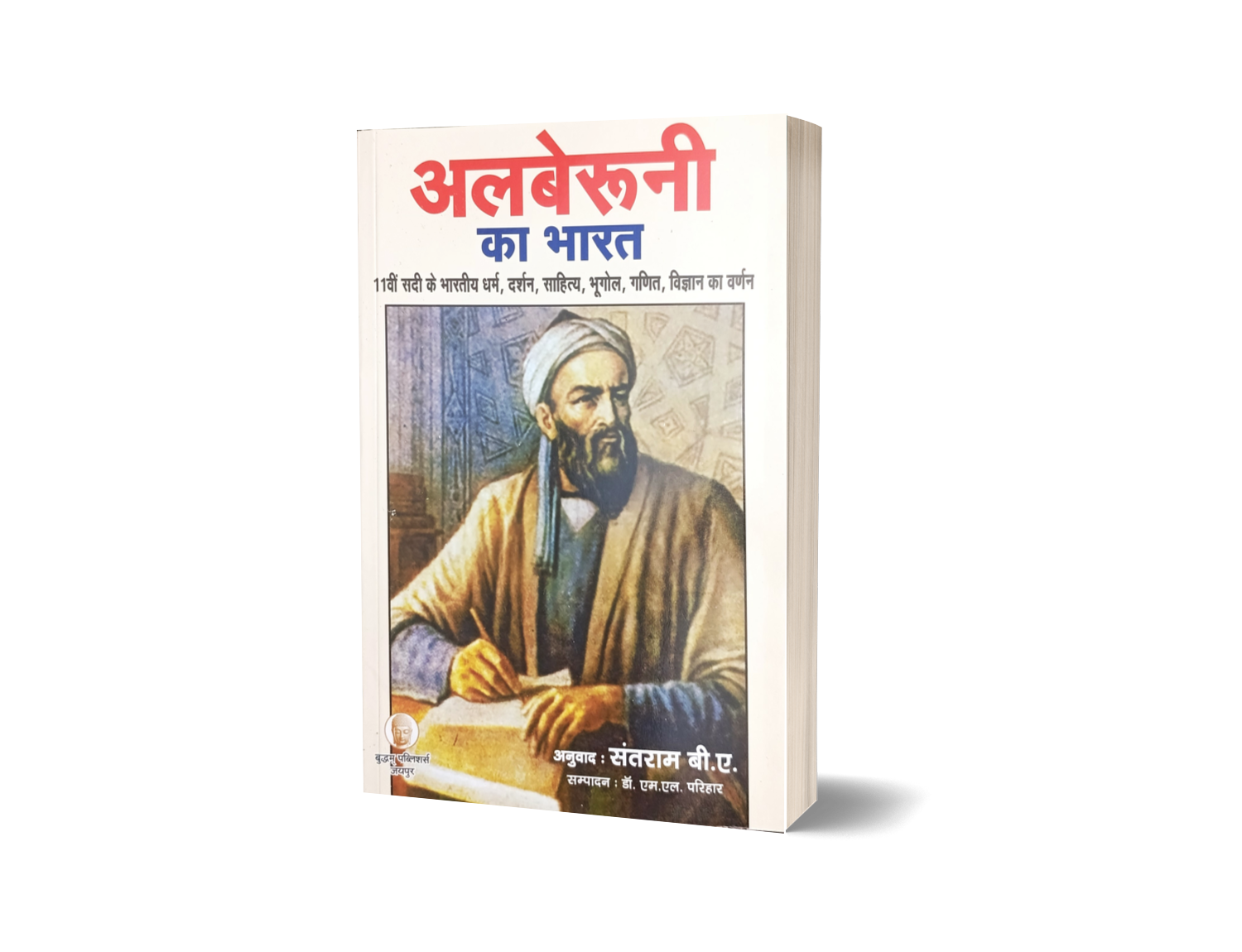

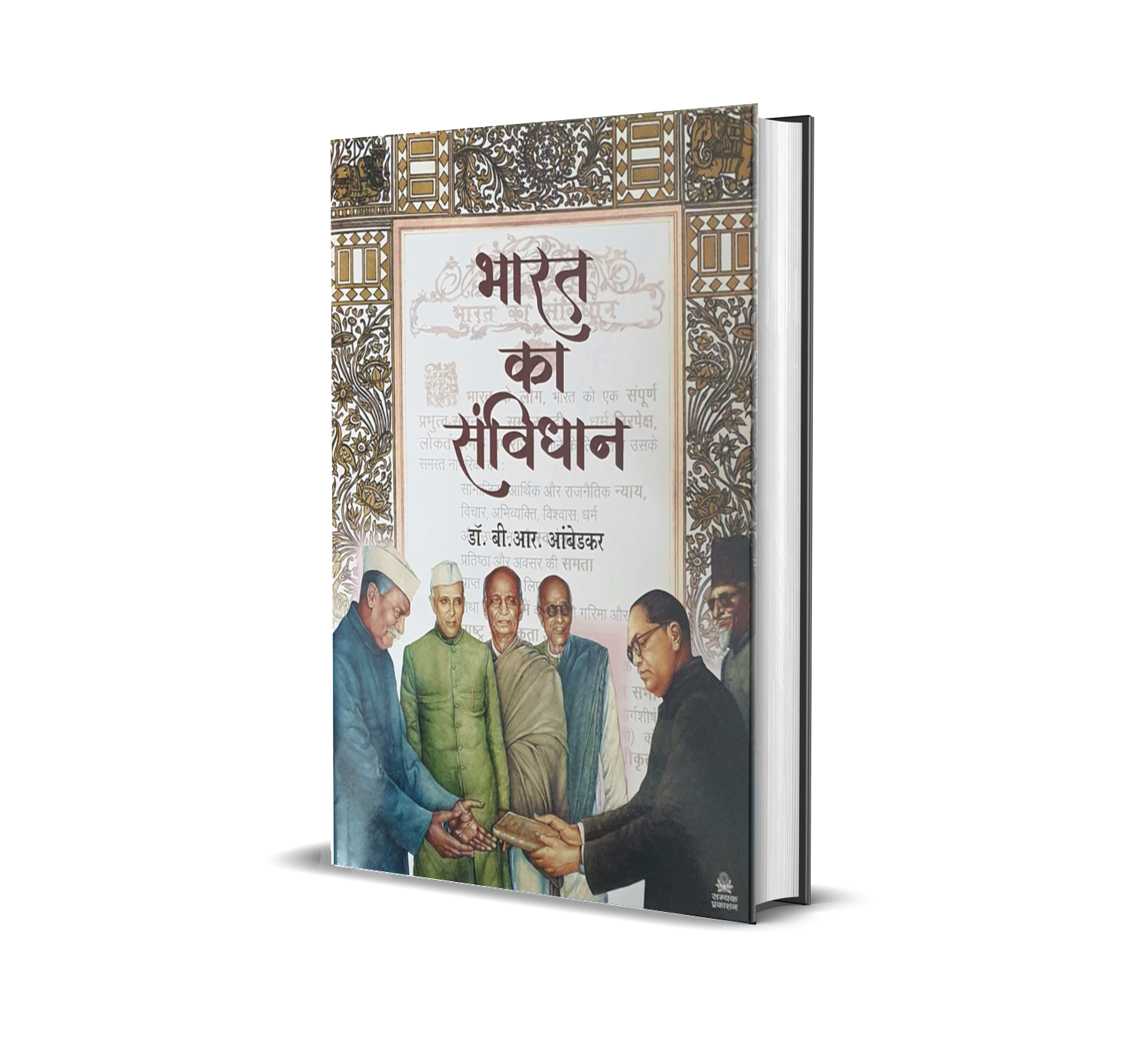
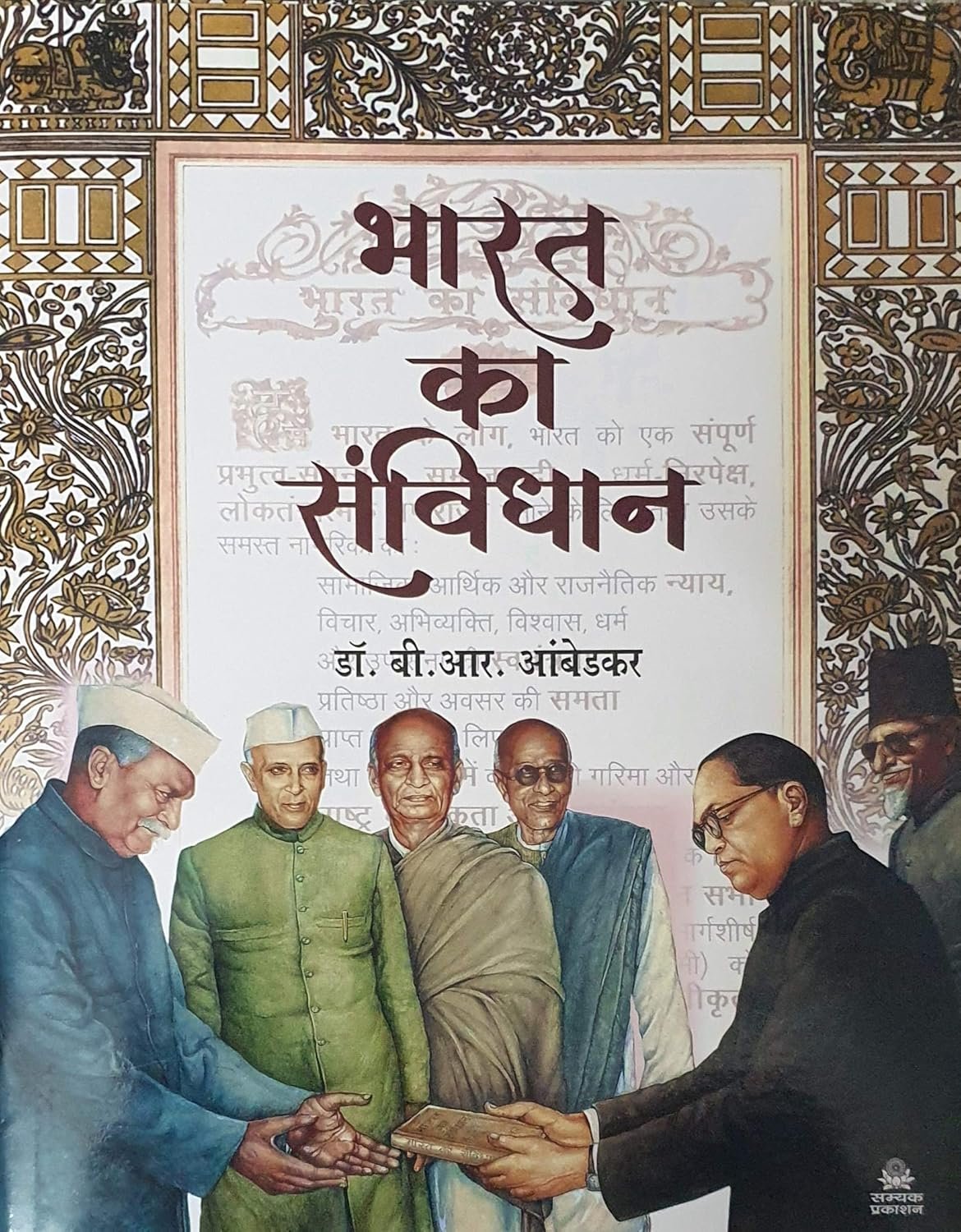
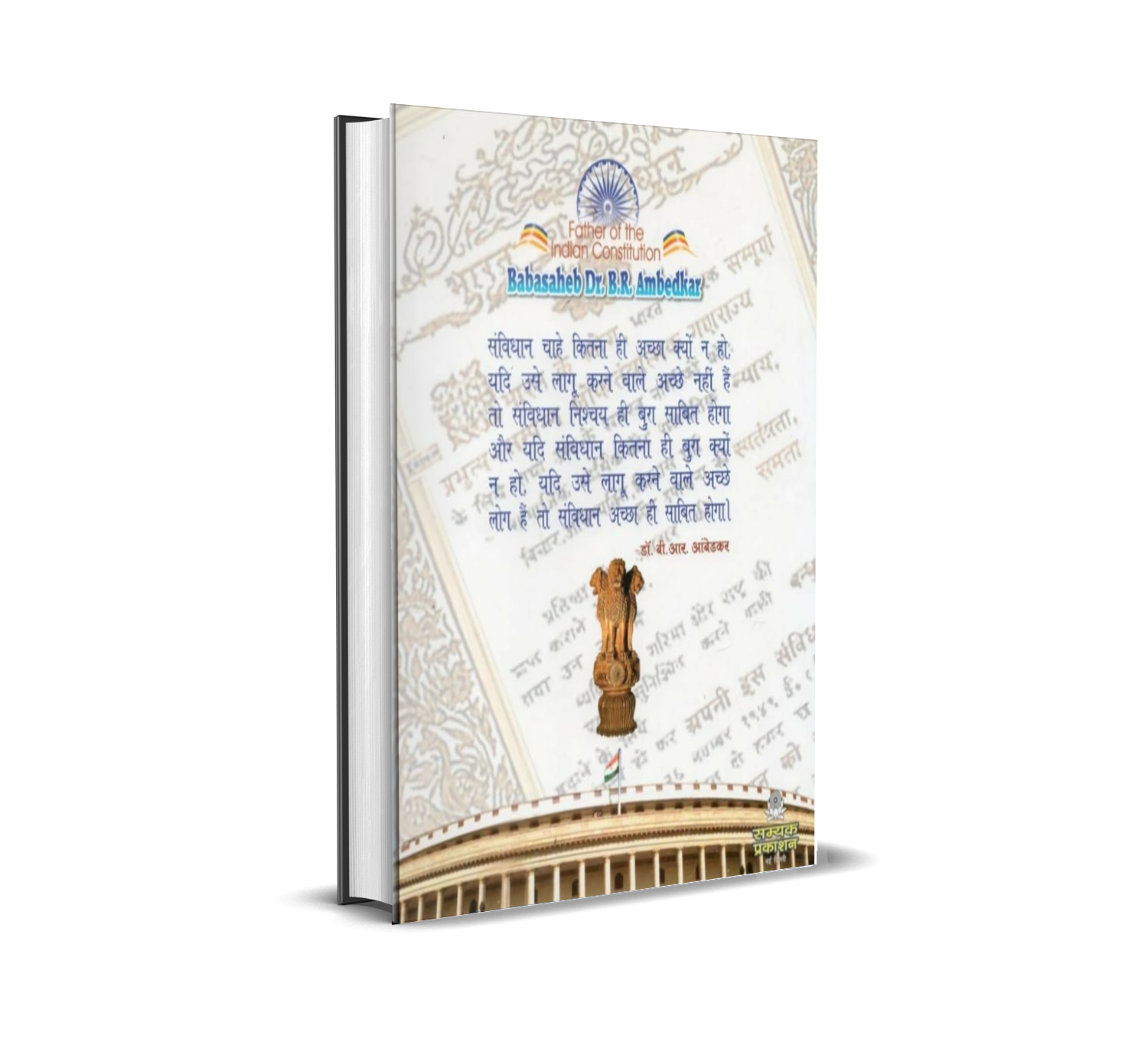










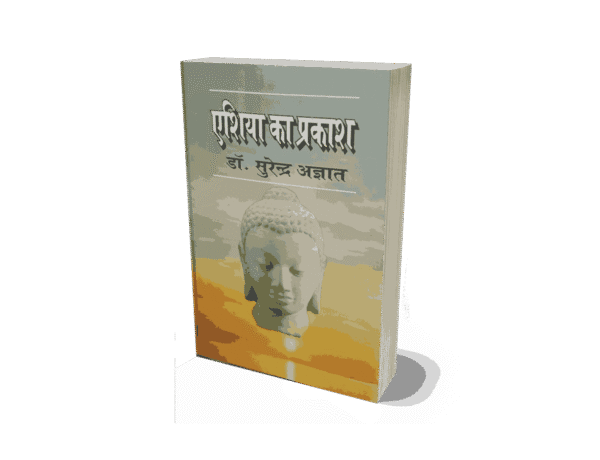
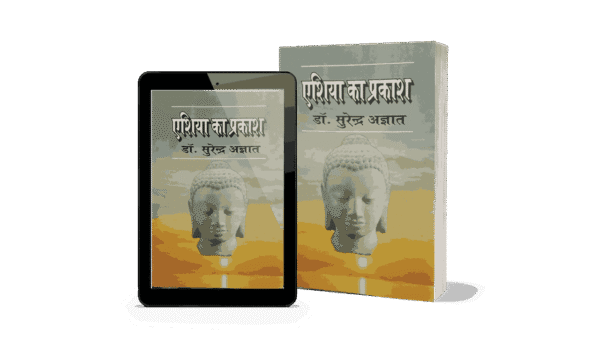
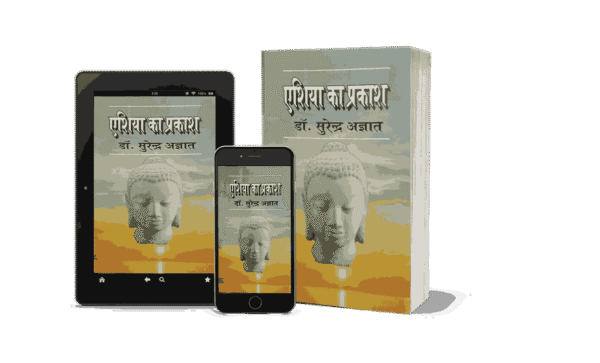
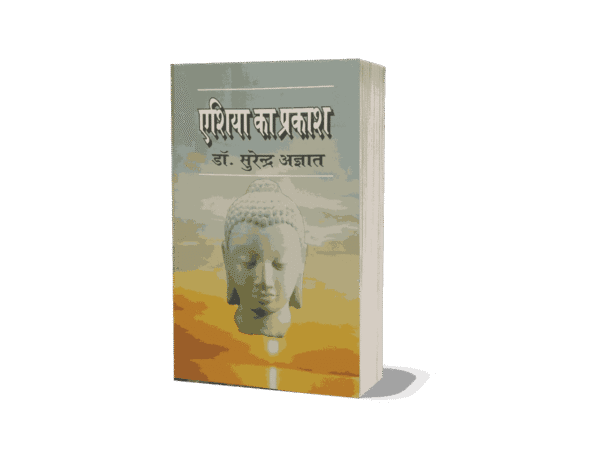
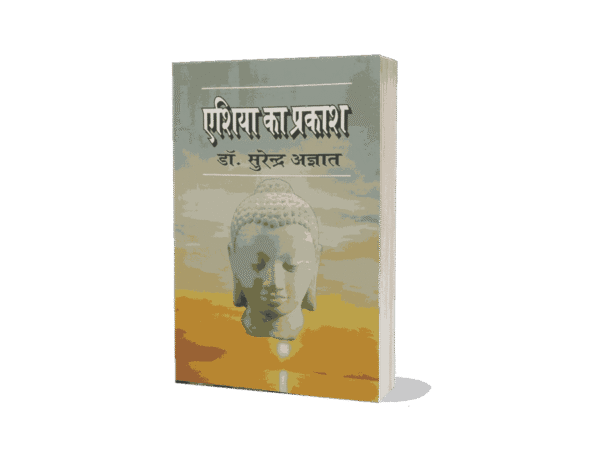
Reviews
There are no reviews yet.